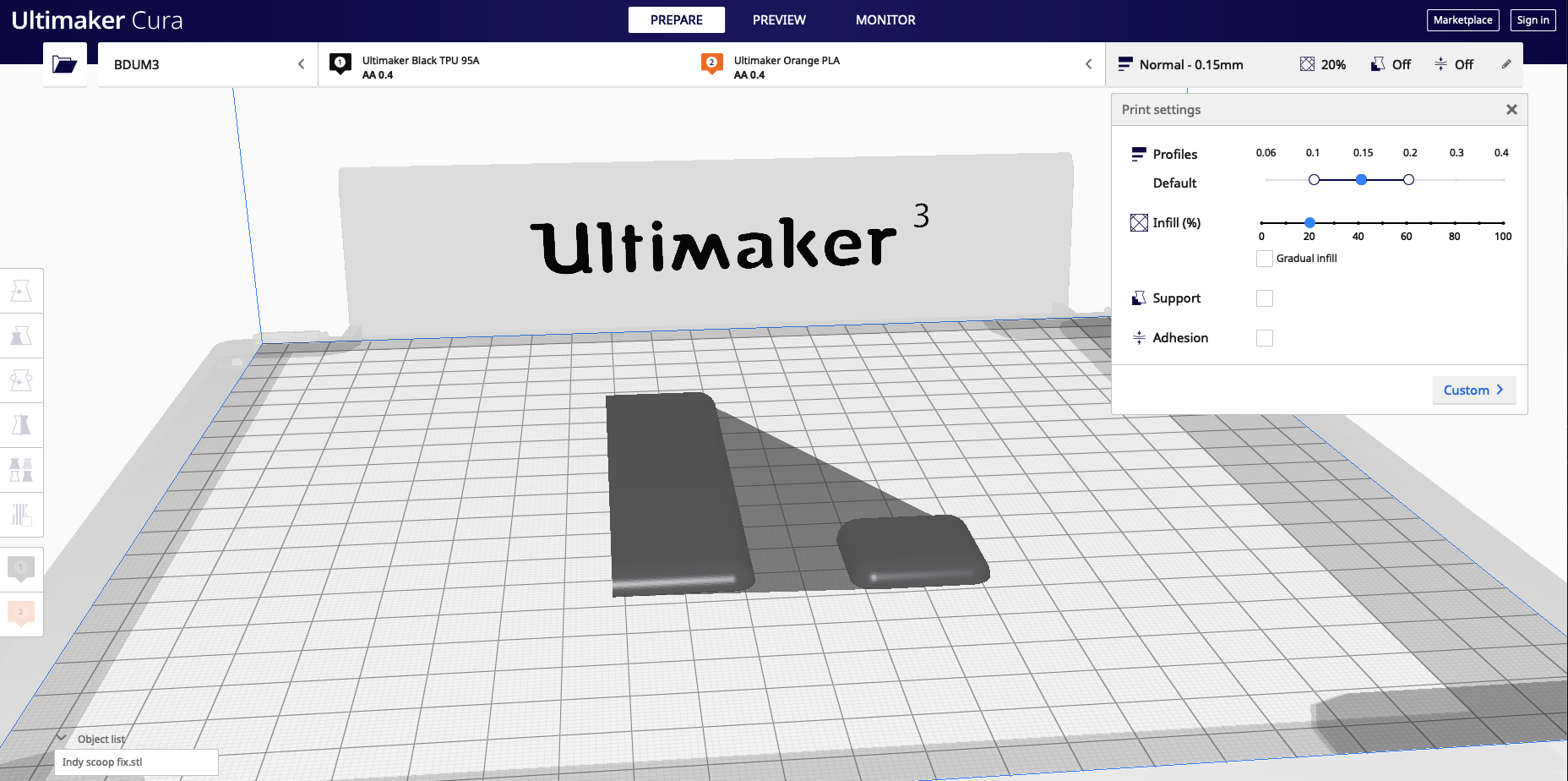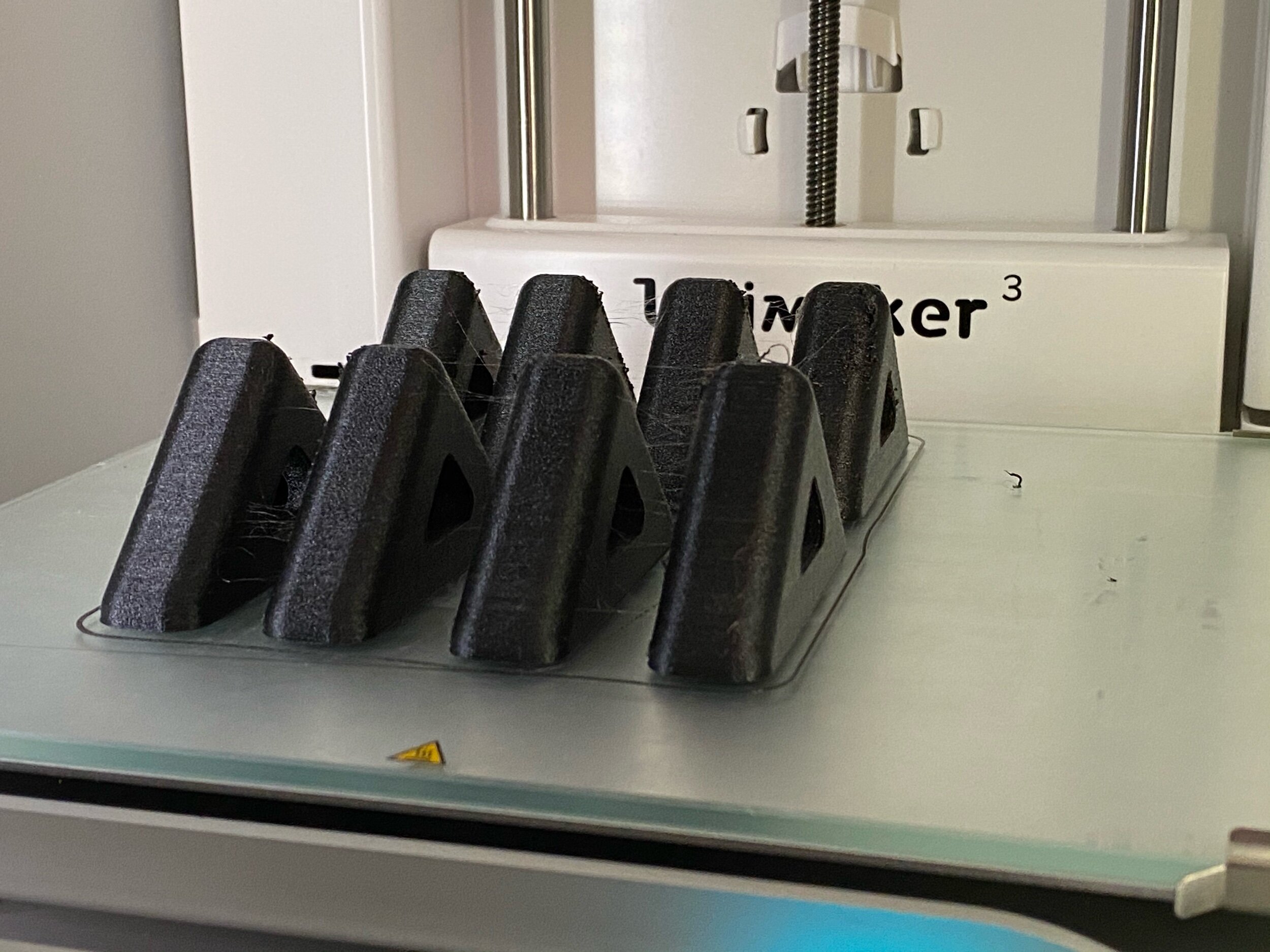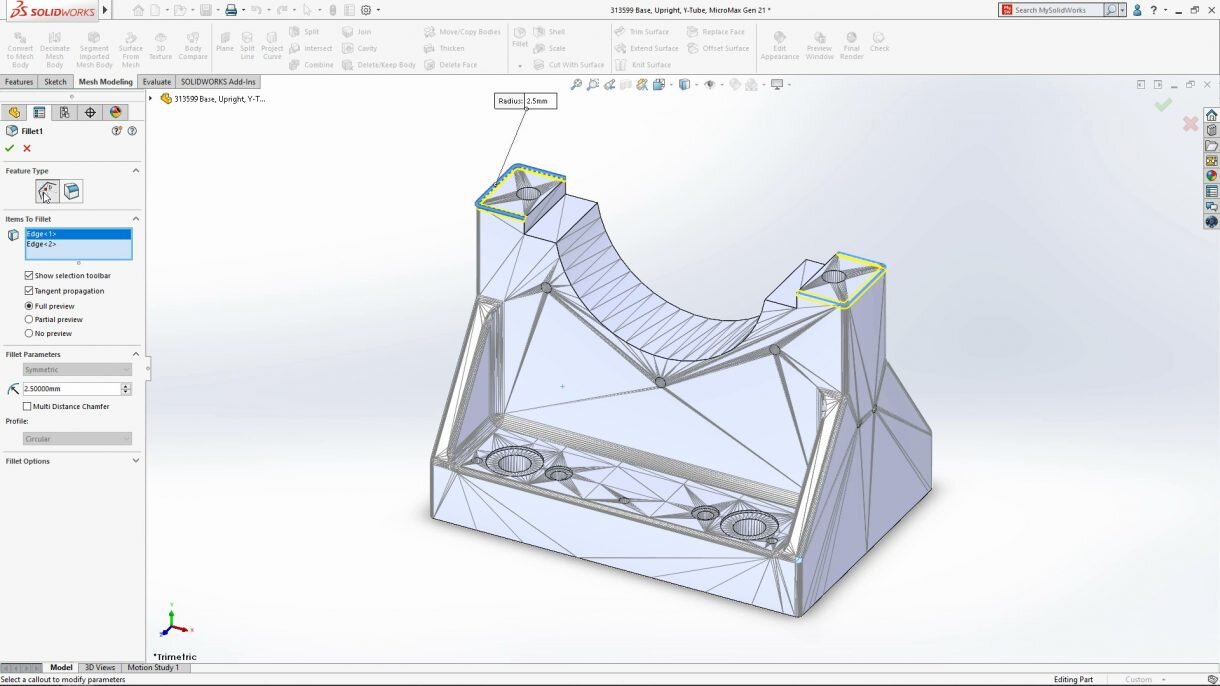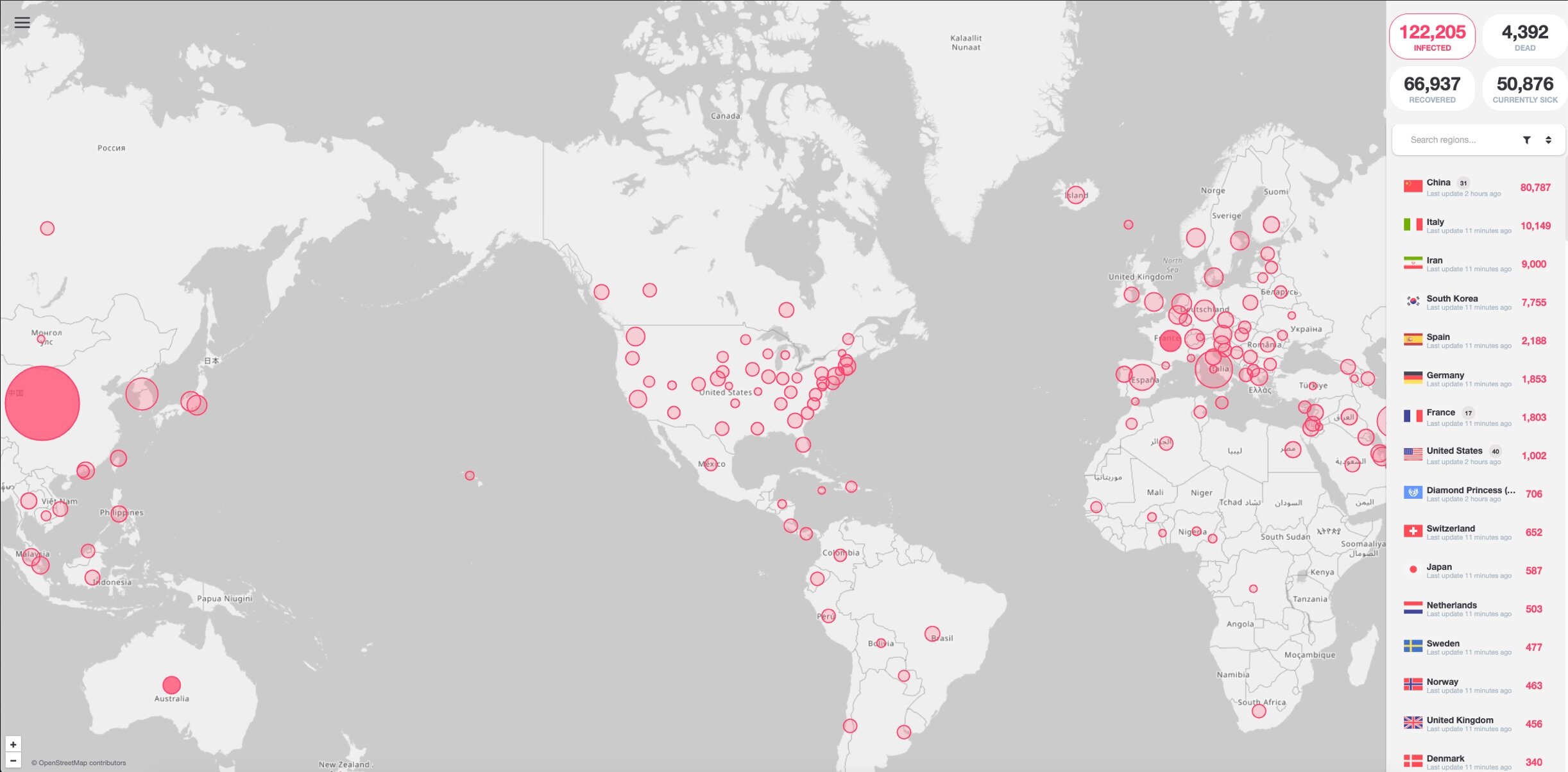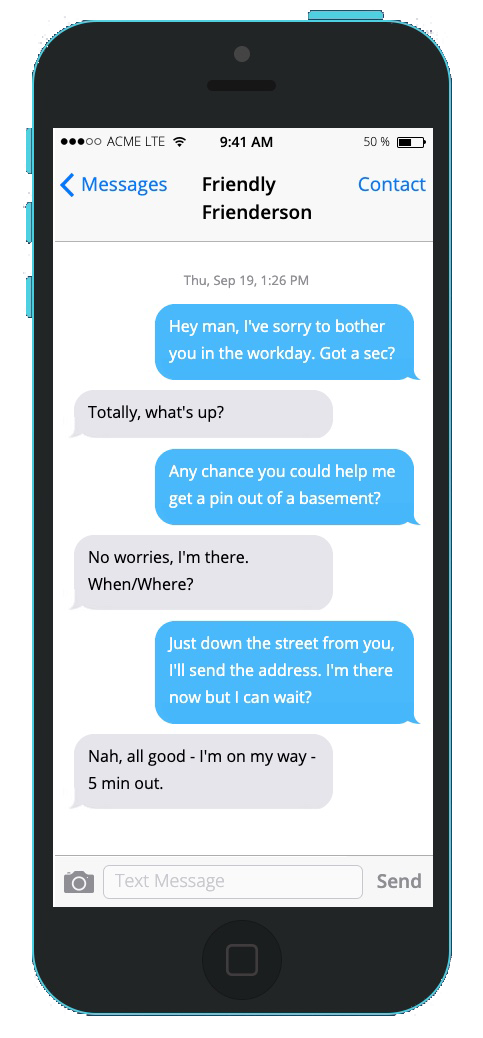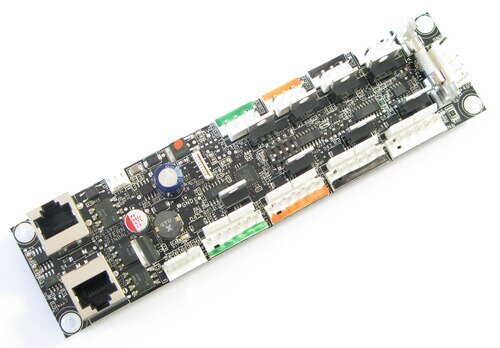How well do you think your smartphone will work? If the battery hasn’t exploded in the intervening time, the cellular network will surely no longer support the same mixture of communication protocols and radio frequencies we call LTE. Probably a commercial running on the holo-emitter for “17G, from Disney Wireless: All the power to drive your 20k holo-displays.”
Your smart-home devices, will they work? “Alexa, turn on the pinball machines.”
The internet will look dramatically different 25 years. More than likely having long sense dropped support for IPv4. Your cable or DSL modem will no longer have a compatible peer to connect to. No way 2025 is still using DOCSIS 3.1 over hybrid-fiber-coax. DSL probably won’t even exist.
The fancy fridge you bought with a giant iPad on the door - still doesn’t make ice correctly and while it keeps your food moderately cold, the display’s internals have long-since failed. The wifi-connected stove doesn’t turn on anymore. The motherboard has failed in your smartphone-accessible Washer and Dryer.
I know, it’s a long walk to a known conclusion
Technology ages in dog-years.
Specialized & physical vs generalized & virtual
That 25 year old Pinball machine is powered by solid state through-hole components. Electrolytic capacitors, carbon composite resistors, field effect transistors. The smallest components are still easily serviceable with a desoldering pump and soldering iron in most cases. Even better, the full original board schematics are available for free and are part of the public domain.
Simple logic gates and good electrical design make that 25 year old boardset as easily repairable today as it was 25 years ago. What’s more, it is repairable with 40-50 year old tools. I can fix nearly anything on these games with a good multimeter, diode tester, soldering tools & a logic probe. Hell, even the sound and logic ROMS are available so you can burn new ones.
WPC-95, WPC-DCS, SAM, Sega WhiteStar, DE V3 are all pretty simple to maintain with common bench tools.
No operating system, just (relatively) simple, well-documented logic circuits.
But, technology must advance. Excelsior!
Most modern JJP, Stern or Chicago gaming machines have some flavor of Linux at the bottom of the stack. For you non-PC folks, Linux is an Operating System, like Windows but not. MacOSX under Intel architecture is a Linux-adjacent operating system in some ways. Embedded Linux and Embedded Windows are what we call it when the OS runs as part of a distinct hardware framework or chipset. Odds are that your media center DVR, your smart fridge, your connected-washer & dryer, your smartphone, your Alexa Speaker and yes: even your Sonos speakers are running some flavor of an embedded Linux OS.
Operating systems are bootstrapped hardware abstraction platforms. Layers of hardware-interface software (drivers) with numerous common services and platforms on top. These services encapsulate and simplify more complicated tasks. Things like the 3d graphics and physics engines OpenGL or DirectX on PCs or METAL on iOS. Things like a Network IO stack for communicating with other machines and local IO Services for interfacing with peripherals. When you have to wait 6 minutes for Windows to boot or 45 seconds for your old Android phone to boot - you are watching the hardware load the operating system and related services.


